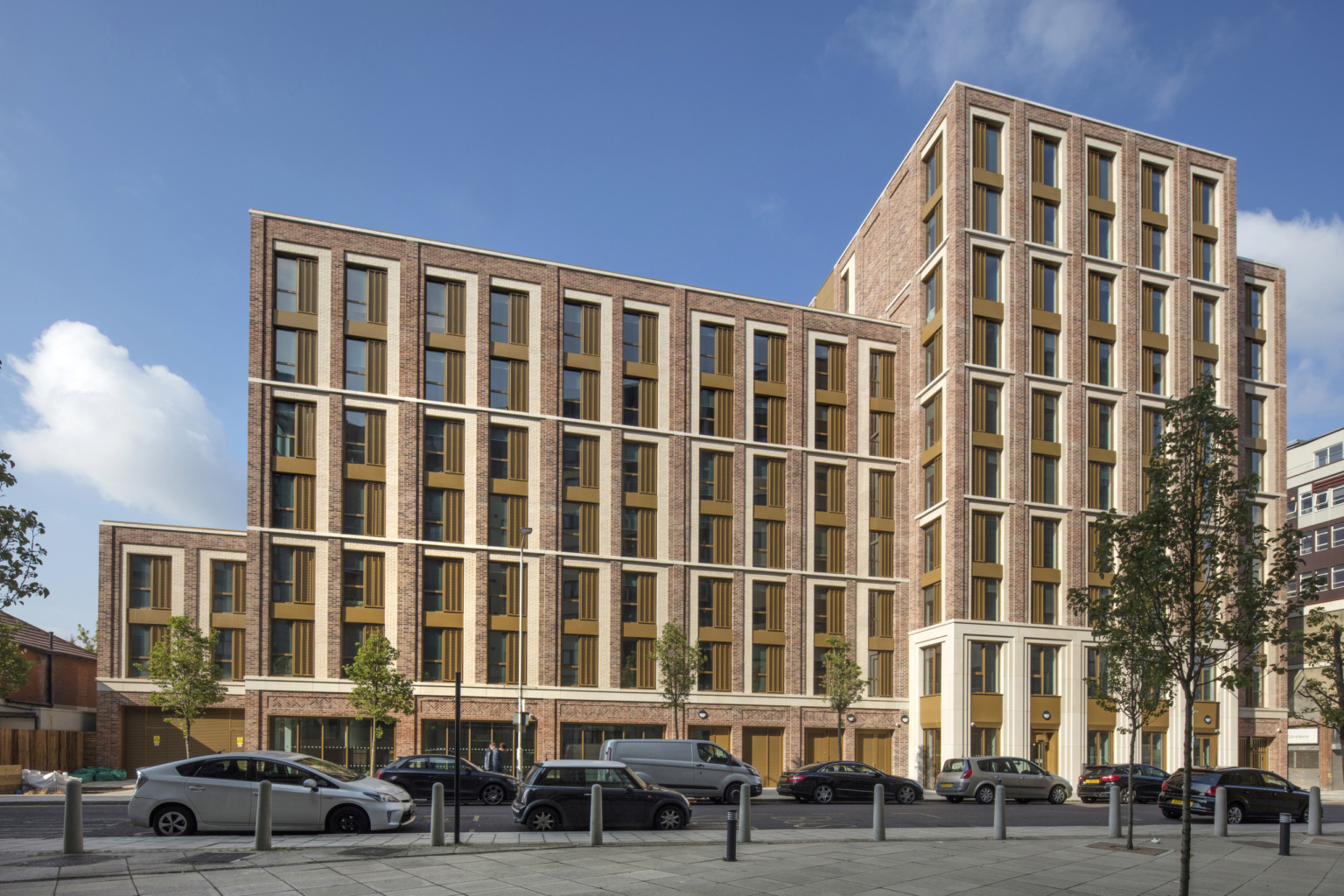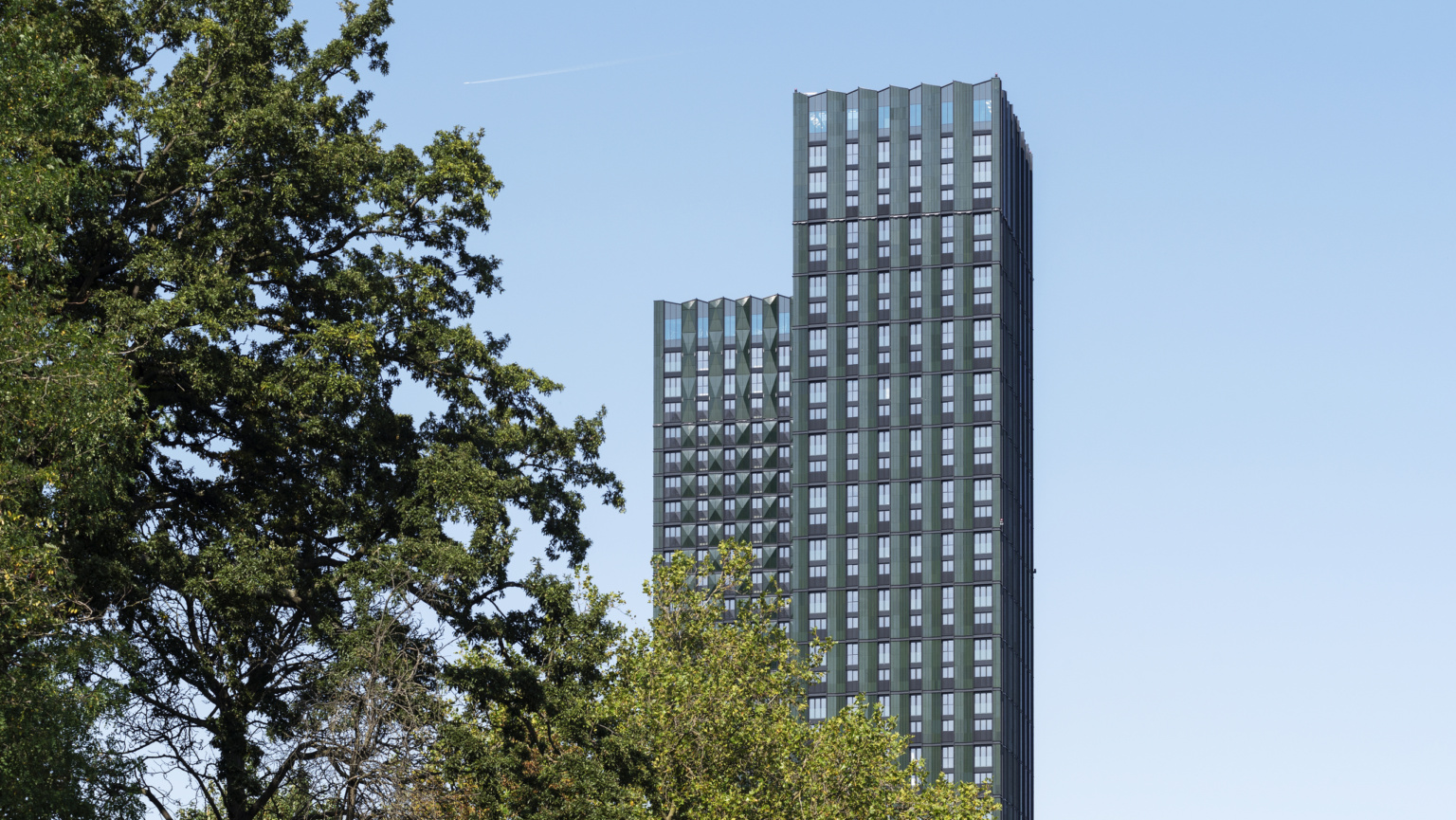Construction using volumetric modular systems can cut carbon emissions than traditional methods of building homes, according to a new study by academics from the University of Cambridge and Edinburgh Napier University.
A study found that two modular housing schemes designed by HTA Design, 44 and 38-storey Ten Degrees towers in Croydon – the world’s tallest completed modular scheme – and The Valentine, a 10-storey student accommodation block in Redbridge, consisting of a total of nearly 900 homes, saved a combined 28,000 tonnes of carbon. Both were built by Tide Construction and Vision Modular Systems in 2020.


